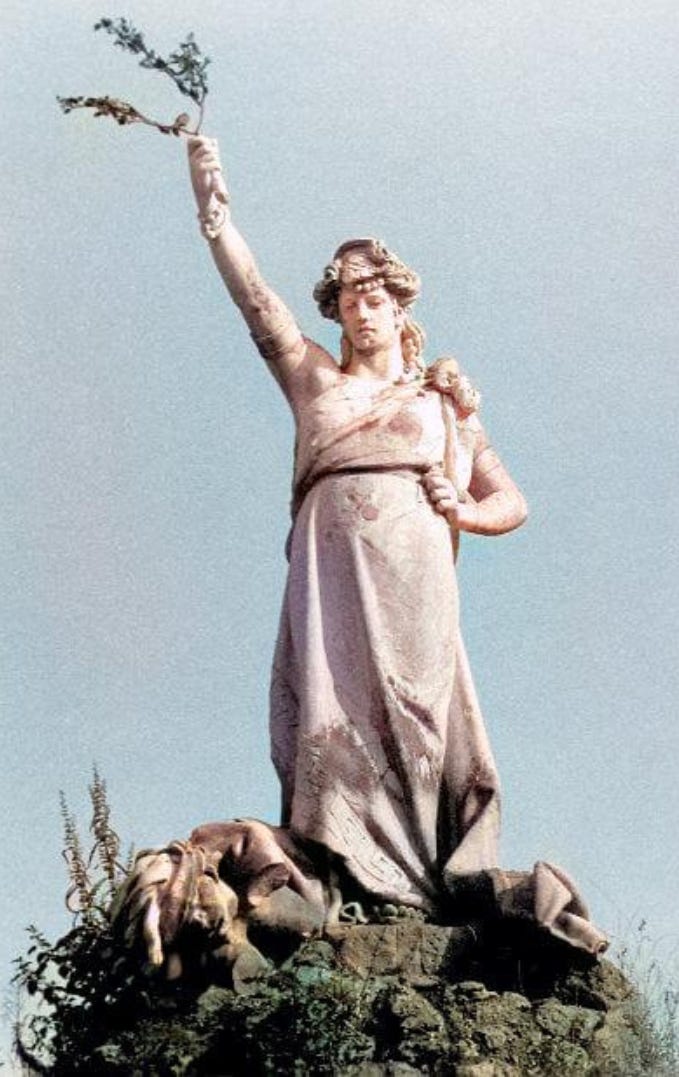Whilst exploring the archetype of Juno and the concept of the Jungian anima, it became clear to me that traditional frameworks can be overly simplistic and limiting. Carl Jung’s theories often presented a binary understanding of gender roles, categorizing traits and emotions strictly along male and female lines. This approach has faced criticism for being reductive and failing to encompass the full complexity of the human experience.
The Limitations of Gendered Archetypes
Jungian theory posits that men possess an anima, representing their inner feminine qualities, while women have an animus, reflecting their inner masculine traits. However, this binary classification often ignores the fluidity of human identity and expression. Many individuals struggle to fit within these rigid definitions, feeling constrained by societal expectations that dictate what it means to be masculine or feminine. Male and Female figures in dreams, let alone deities don’t conform to the rigid distinctions of Anima is just emotions and sensitivity, and the Animus is just logic and strength.
In the case of Juno, for instance reducing her to a “mother goddess” archetype limits her multifaceted nature. While she embodies nurturing qualities, she is also a fierce protector and a symbol of power and sovereignty. By framing her solely as a maternal figure, we miss out on the broader spectrum of attributes that define her character. This oversight is not only a disservice to Juno but also reflects a larger issue of how we understand femininity in general.
Embracing Fluidity
Breaking free from the constraints of gendered classifications allows for a more nuanced understanding of the various archetypes that exist. The realization that Juno and, by extension, femininity, encompasses a range of traits beyond traditional roles invites deeper exploration. Just as Juno is not limited to motherhood, individuals can express a blend of qualities regardless of gender.
My own personal journey of understanding Juno reflects this shift. Recognizing her complexity has allowed me to see myself in a new light, affirming that being nurturing does not equate to weakness. This perspective fosters healing by allowing individuals to embrace all aspects of their identity without the need for rigid definitions.
Cultural Context Matters
Additionally, understanding archetypes within their cultural contexts is vital. Jung’s theories, often rooted in a Eurocentric viewpoint, can overlook the rich and diverse expressions of spirituality found in different cultures. Engaging with ancient deities like Juno through a broader lens. Meaning one that acknowledges their historical significance and complexity, can enhance our understanding and appreciation of these figures. This shift toward viewing archetypes as fluid and multifaceted aligns with the need for a more inclusive approach to psychology and spirituality. By letting go of binary thinking, we open the door to greater emotional exploration and personal growth. A deeper sense of healing.






